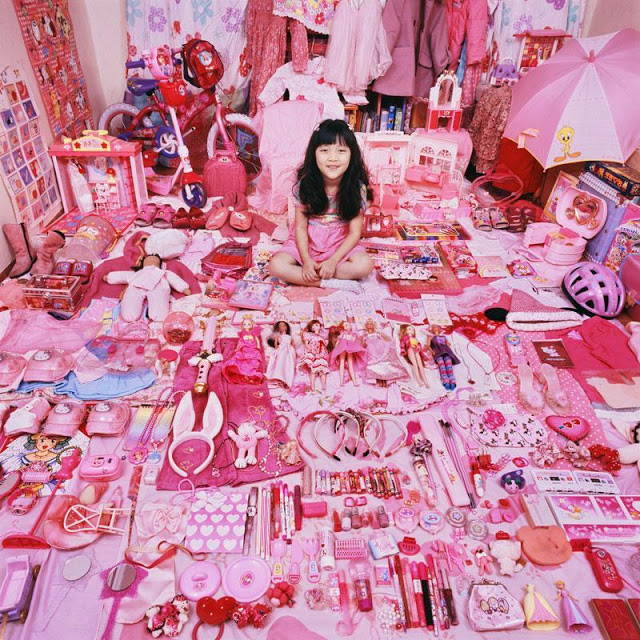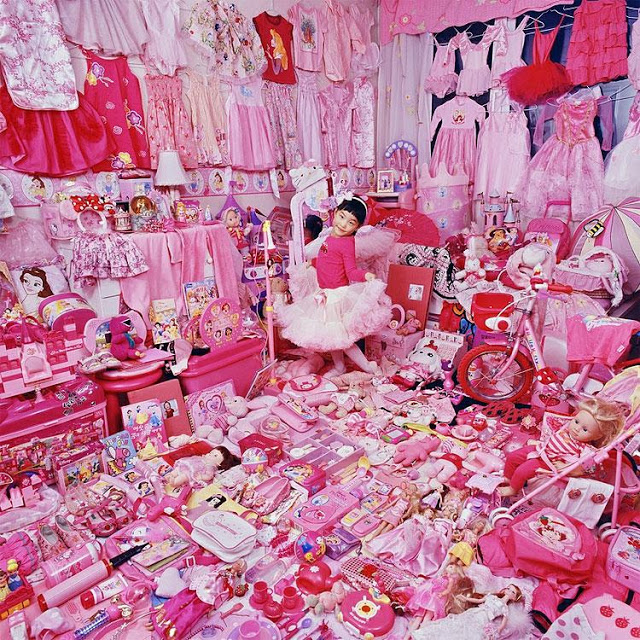Leave sex out of gender roles – it’s scaring the kids
What are your criteria for selecting your children’s school clothes? Washability, durability, affordability, practicality and compliance to a dress code? What about if you see your children’s wardrobe as a chance to define your politics and your values.
And there’s the individuality. That dress isn’t just pretty, on-trend and like the one the pop star wears; it’s an explainer, an insight into the wearer’s anxieties, life goals and morals. The dress is useful if your six-year old boy is considering transitioning to girlhood, but terrible for girls, who should be wearing gender-neutral tracksuits and John Lewis’s non-stereotyping clothes “for boys and girls”.
Should the choice to dress as a boy or a girl be only for those children agonising over their gender? How does it further transgender rights and acceptance to present them as a special case?
Priory School in East Sussex, a mixed co-ed, has banned skirts, ordering girls and boys to wear grey trousers and shirt, jumper and tie. How is limiting what a girl can wear progressive?
Which brings us to the Rowes, who’ve removed their six-year-old son from a Church of England primary school on the Isle of Wight because a boy in his class was allowed to wear a dress. Last year they removed their 8-year-old from the same school when a boy in his class also started wearing dresses. Both will now be home-schooled.
Sally Rowe, 42, and Nigel, 44, plan to sue. Says Mr Rowe: “Our concerns were raised when our son came back home from school saying he was confused as to why and how a boy was now a girl. We believe it is wrong to encourage very young children to embrace transgenderism. Boys are boys and girls are girls. Gender dysphoria is something we as Christians need to address with love and compassion, but not in the sphere of a primary school environment.”
A Diocese of Portsmouth spokesman adds: “Our schools are inclusive, safe spaces where pupils learn to respect diversity of all kinds. We comply with the legal requirements of the Equality Act 2010 and believe that all should feel welcomed, valued and nurtured as part of a learning community.”
This alters gender from a fact into a problem. It recasts children not as pupils in academia, but as trainee adults conditioned to do away with today’s adult issues. Train the children to be gender neutral and gender-fluid and – whammo! – you can eradicate sexism, misogyny and the gender pay-gap. All those life-limiting stereotypes that stopped women getting the vote and told men to suck up the pain and soldier on are gone faster than you can say “unisex toilets”. Women will no longer feel a need to stuff silicone balloons in their chests and men won’t spend years of their lives bulking up in the gym.
The problem is that the boy rather likes wearing blue, dinosaurs and playing football; and the girl likes pink and belting our songs in front of the mirror and nail polish. They don’t have to. Ballet dresses (girls) and monster trucks (boys) are not prerequisites of girlhood and boyhood, respectively. They are society’s norms against which you can rebel and test the boundaries. And doing so makes for a more – dread – diversity.
Things get messier when you link it all to sex. You can wear a dress and be a man. You can wear a business suit and be a girl. You can expand what is is to be male and female. But your biological sex cannot be ended because you prefer dresses to trousers. The boy won’t experience childbirth and menstruation because he feels better in girl’s clothes; just as the girl in trousers won’t grown testicles.
The smart move is to challenge gender roles but leave sex out of it. After all, as all adolescents know, every new generation invented sex.
Images: Artist JeongMee Yoon – Pink & Blue Project.
Posted: 12th, September 2017 | In: Key Posts, News Comment | TrackBack | Permalink






